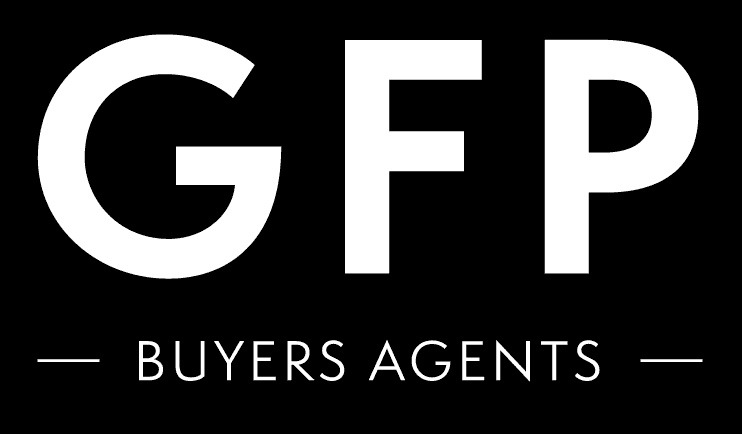It’s long been a tradition of sorts for people to go on holiday somewhere and promptly decide they must own property there, too.
Usually, it’s because they want to have access to a holiday house before they retire there at some point in the future.
Alas, this non-strategy usually results in them losing money because they didn’t understand the local market and overpaid for a property that will need to be rented during peak holiday periods to bring some money in.
This state of affairs is likely to become more pronounced next year with an increase in lifestyle migration on the cards post-pandemic into locations that also offer more affordable housing such as Geelong and the Surf Coast in Victoria, the Gold and Sunshine coasts in Queensland and the Mid North and Central coasts in New South Wales.
There has been a rise in the number of owner occupiers and investors buying property remotely into these types of locations of late, which is a strategy that is fraught with danger if you don’t understand the local markets as well as you should.
Buy like a local
Buy like a local is a mantra that I use in my business, which in essence means I need to be an expert in an area before I will invest my client’s money there.
Desktop research or a quick fly in, fly out day trip won’t cut it because what I’m talking about is 40 to 50 hours of boots on the ground research in a suburb.
Just picking a good suburb isn’t enough, because you need to go deeper and research down to street level.
Borderless investors who try to go it alone don’t have the same insights as locals or local area experts, who know which parts of a suburb are the best as well as which properties are overpriced on the market.
Selling agents don’t share this information with buyers, because they work exclusively for the vendor and their job is to secure a successful sale.
Buyers who spend a day or two looking at properties while they are on holidays not only haven’t completed the necessary deep-dive research, but also have rose coloured glasses on which will likely impact their decision-making.
Here are some the risks of not buying like a local next year.
Price risks
There is a real risk of paying too much for a property in a more affordable location. What I mean is that spending Sydney or Melbourne money in any other part of Australia leads to a very real risk of overpaying if you haven’t done enough research. I also have another saying that is, “Just because you can, it doesn’t mean you should”.
Demographic risks
Every area has its superior and inferior locations in it, which can often be due to the demographics of the people who live there.
Visiting an area briefly will not enable you to understand this but undertaking the necessary research will because you will learn who the predominant buyers in the area, if there is an any public housing and where it is, and where is the good side of the tracks versus the wrong side.
Area amenity risks
One of the biggest problems with desktop research from afar is believing you have a good idea of the local area amenities.
It might show online that there are cafes, restaurants, bars, and schools nearby but are they any good?
While there is an increase in people moving to regional areas, city-dwellers may find that their thirst for micro-breweries can’t be quenched, or apart from going to the beach there isn’t much else to do.
Early signs of gentrification can be an indicator of future price growth, but it may take some years before this happens in any meaningful way.
Environmental risks
Everywhere has its unique natural environment risks which can be difficult for borderless investors to understand.
Which parts of an area are more prone to flooding or bush fires for example?
Some parts of Brisbane are susceptible to flooding after just a heavy storm, so do you know which areas these are?
The idea of being close to the river might seem good on paper, but not if it means mozzies at dusk or flocks of noisy rosellas every night to keep you awake.
Transport risks
Do you know how the local transport networks operate every day?
Buying on the wrong side of a suburb can make commuting difficult, plus the public transport options can sometimes be very different to what the timetable says.
Do commuters use the street as a rat run or a parking lot every day?
Are there plans for major transport infrastructure in the area, which can be a good thing when it’s finished, but not so much when there are roadworks on your door step for years at a time.
Commercial and planning risks
Online research may be able to show you where things are, but they can’t tell you the impact they have on local residents.
Being close to the action is important to some people but being too close should be avoided with late night bars and music likely to become annoying very quickly. Ditto, drunk people passed out in your front yard.
Is the property located close to an industrial precinct, which may result in heavy machinery noise or funky smells from a meat processing plant?
Even odours from local bakeries can become problematic when there is always the smell of pies in the air!
Another issue is planning and zoning with some areas slated for future growth, such as medium and high-rise development, which can impact property price growth.
It can be difficult for novice interstate investors to find this information and the next thing they’ve bought a property that is soon surrounded by multi-storey unit developments that block out the sun while also providing a clear view into your back yard from dozens of balconies.




